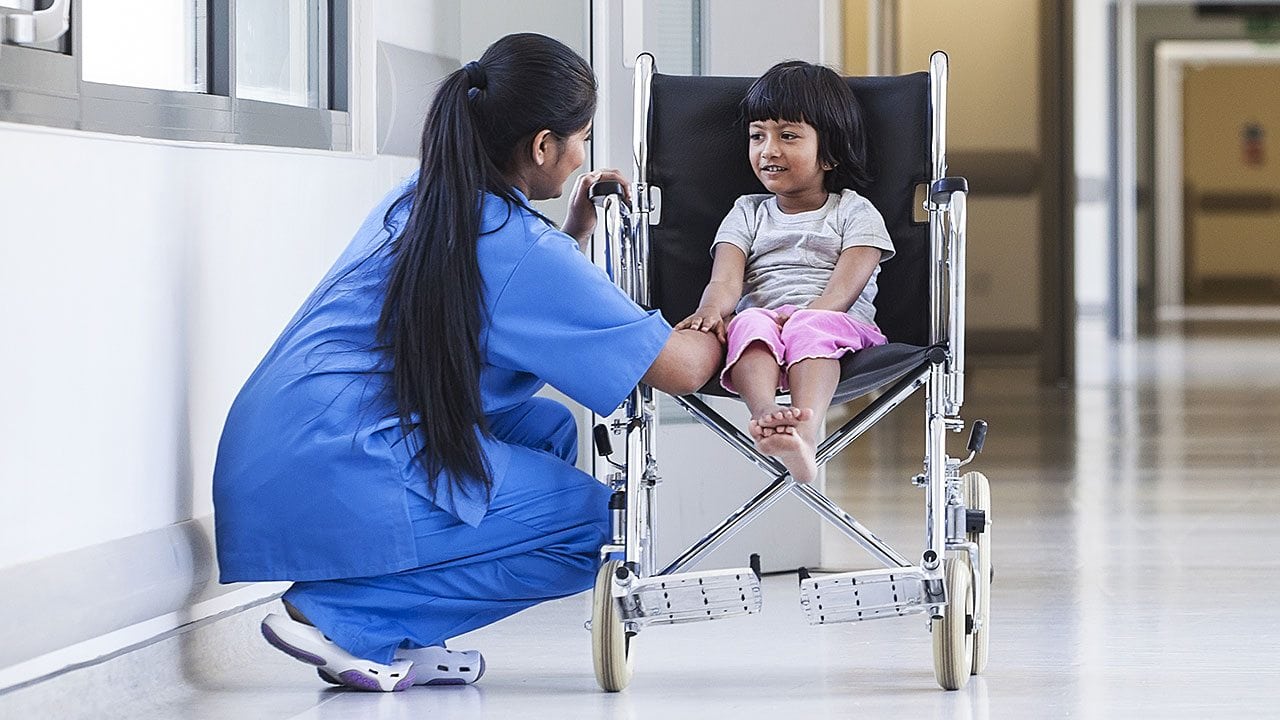Whatever healthcare role you may be working in, you will most likely find yourself addressing the needs of a variety of clients, including children. Your youngest clients might just be the most difficult to communicate with as it’s very natural for their emotions to take control when they’re facing something unknown.
Fear, stress, new environments, and a lack of comprehension of what might be ailing them or of the procedures they may need to undergo can all lead to quite understandable reactions of resistance and apprehension in children. However, using supportive language, being honest and straightforward, and acknowledging bravery can all be helpful in communicating with child clients. To find out more about how to easily work with your youngest clients after healthcare training, keep reading.
Show Respect and Allow Children to Be Fully Involved in What Concerns Them
When addressing child clients, it’s important to keep in mind that they have the right to be fully informed about and involved in what concerns them.
Making them feel respected and like their needs are being taken fully under consideration starts from the moment you meet. Greeting young clients by name and with a smile can make a big difference in building trust. The same applies to get physically down to their level to communicate eye to eye about the matters that concern them. Even if you may be communicating with their parents at times, you should aim to keep the actual clients as included and empowered in the conversation as possible.
Simplify and Tailor Your Communication to the Level of Your Clients
A big part of involving and respecting your youngest clients has to do with the language used to address them. The healthcare world is filled with a lot of specialized jargon that can be difficult for those not versed in it, let alone children, to understand. It’s, therefore, necessary to talk to children after your healthcare training as simple as possible, avoiding the use of medical jargon.
However, some children may already know what some medical terms are and making explanations too simple may be insulting to them. It’s therefore important to tailor the amount of simplification and tone according to age and level of understanding. This may take practice, but being a good observer and listener is an excellent starting point.
Leverage Your Healthcare Training to Make Medical Tools Seem Less Frightening
Sometimes just a simple verbal explanation may not be sufficient, as a particular situation might be very frightening for a child. In such a case, hands-on explanations, such as an actual demonstration of medical equipment, can be very helpful.
For example, a child may be in distress about getting a filling for a cavity. Seeing all of the laid out dental equipment can seem strange and scary, and increase feelings of distress. Before the procedure, you may use the training you gained from your healthcare courses to explain what the strange equipment is and what it does. You might just find that child clients can quickly become curious about medical gadgets, forgetting about their initial worries.
Are you exploring healthcare schools in Calgary?
Learn about the variety of healthcare programs offered by Academy of Learning Career College!






